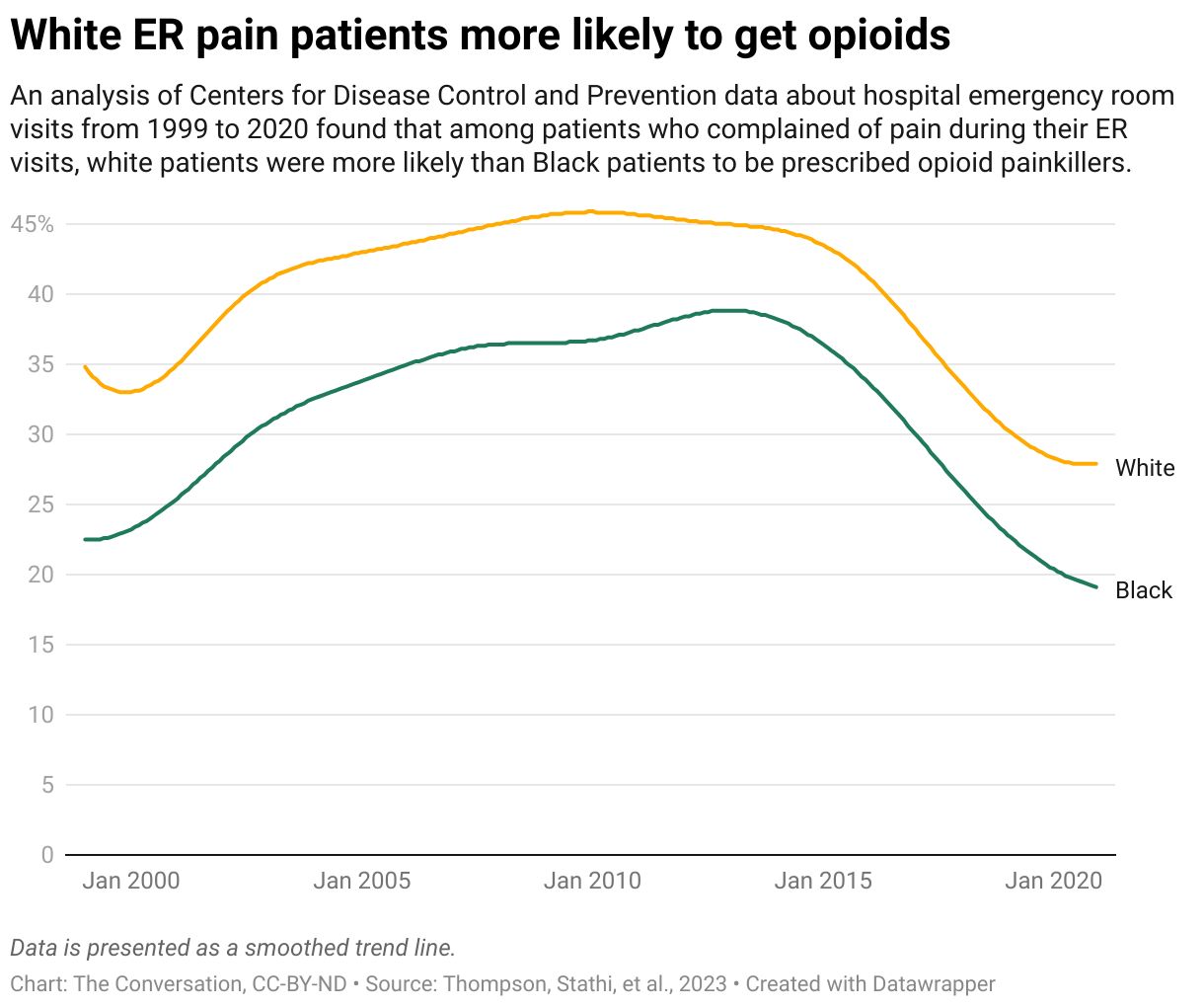‘Great Potential’ in Stem Cell Therapies for Knee Osteoarthritis
/By Pat Anson, PNN Editor
Osteoarthritis of the knee is one of the most common forms of arthritis, causing progressive damage and thinning of cartilage in the knee joint. Over 32 million American adults have knee osteoarthritis (OA), but most are treated with injections or pain medications that provide only temporary relief and often have side effects.
Could stems cells provide a more effective and long-lasting treatment for knee OA? Clinical trials have had mixed results so far, so a group of researchers in China conducted a meta-analysis of nearly 1,200 studies, weeding out the ones that were poorly designed or biased.
They eventually settled on 16 studies involving 875 patients with knee OA, most of them high quality studies that were randomized with control groups to compare results with.
Their findings, published in the Journal of Orthopaedic Research, show that stem cell treatment was associated with significant reductions in patient-reported pain from the third month onwards.
The most pain relief came from mesenchymal stem cells (MSCs) derived from a patient’s own body fat (adipose tissue) and stem cells derived from umbilical cord blood. Injections of MSCs derived from a patient’s fat provided better pain relief than stem cells from other donors and led to the most recovery of knee joint function.
“Stem cell transplantation proved safe and effective for knee osteoarthritis treatment,” the authors wrote. “Different sources of stem cells have a good effect on alleviating knee joint pain, restoring knee joint function, and minimizing patient trauma.”
The researchers said there was “great potential” for MSC therapy in the treatment of knee OA, but larger studies were needed to confirm their findings.
“The safety and efficacy of MSC therapy require rigorous validation with a larger sample size before clinical application. From the perspectives of relieving knee joint pain, promoting knee joint function recovery, and reducing patient trauma, umbilical cord‐derived stem cells should be considered as a priority option, followed by ADSCs (adipose stem cells), and finally bone marrow‐derived stem cells.”
In 2019, a small Canadian study found that stem cells collected from a patient’s bone marrow significantly reduced knee pain from osteoarthritis for as long as a year. But that study only involved 12 patients.
FDA Foot Dragging
Why are there so few good quality studies? Stem cell promoters have long complained about foot dragging by the Food and Drug Administration, which has been reluctant to approve new stem cell therapies that are not tested in randomized, double-blind, placebo-controlled studies — the so-called “gold standard” in clinical trials.
The FDA sent warning letters to 20 stem cell manufacturers and clinics in 2019, saying they were in violation of FDA guidance requiring stem cells to undergo “minimal manipulation.” The agency said the science behind stem cells made from a patient’s own tissue had not been proven safe and effective.
“There’s a false premise being asserted by some in the field that a product derived from a person’s own body and then manipulated and reinserted for another use different from the one it played in its original location is not subject to FDA regulation,” then FDA commissioner Scott Gottlieb, MD, and FDA Biologics Center Director Peter Marks, MD, said in a joint statement.
Critics say the FDA is still slowing down stem cell research, despite a pledge to approve 10 to 20 cell or gene therapies annually by 2025. So far this year, the agency has only approved five.
“Despite signs of progress and a strong commitment from FDA leadership to improve its readiness for these cutting-edge therapies, the agency remains far off pace. Its risk-averse approach and culture that’s slow to adapt to new science could become a curse for many patients and the scientific field as a whole, with investment in biotech chilling in recent quarters,” Richard Burr, a policy adviser for health and life sciences consultant DLA Piper, wrote in an op/ed published in STAT News.
Burr is a former U.S. senator and congressman from North Carolina.
“During my time in Congress, I was one of the FDA’s toughest critics, but I also fiercely defended its mission because I believe in it. The FDA now has an opportunity to transform its oversight of cell and gene therapies and deliver on promises made to patients,” Burr said.











